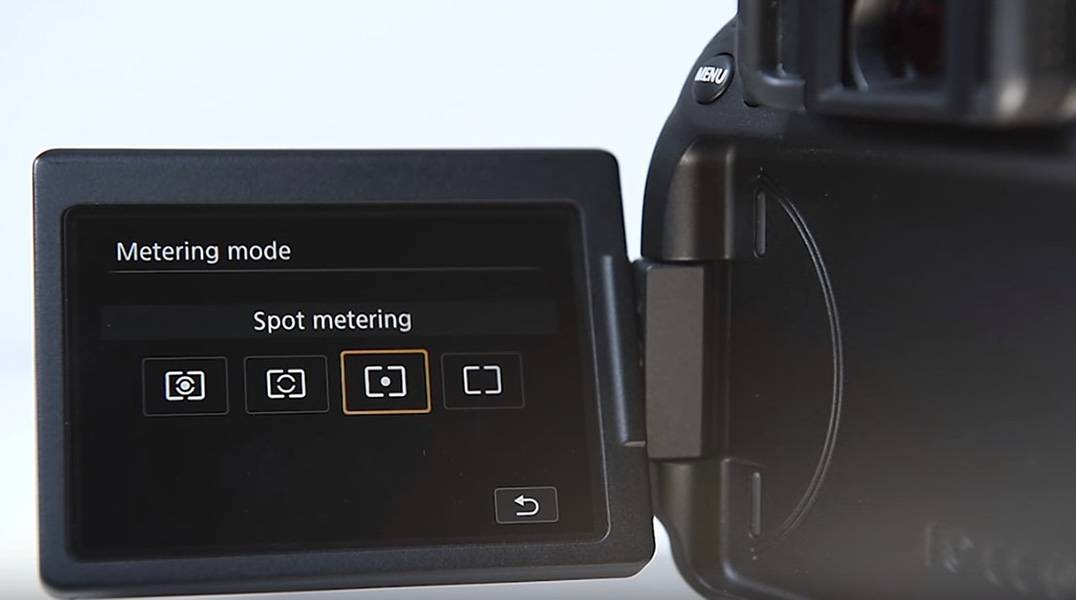Spot Metering
Default Matrix or Evaluative Metering?
Almost all conventional DSLR cameras have the option of spot metering and of changing the way in which they assess the scene so that the correct exposure can be calculated. This
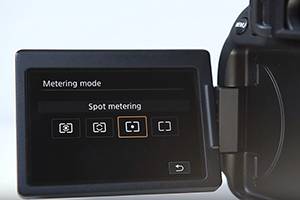
Spot Metering Explained
One of these alternatives is known as ‘spot’ metering. However, what exactly does this do and how do you use it? In this spot metering tutorial lets try and explain it. Spot metering uses a much smaller portion of the scene to decide the correct exposure with respect to the other exposure options available. Whereas the standard ‘evaluative’ or ‘matrix’ pattern looks at everything in the scene to check the brighter parts and the darker parts and these modes also use information from the focusing point selected.

Spot Metering – Is a Common Metering Photography Application
A common ‘spot metering technique’ is when shooting flowers which may appear differently to any surrounding areas such as foliage or against the bright sky.
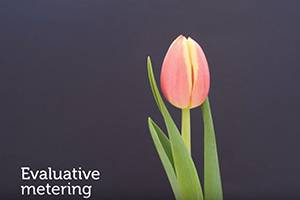
When using ‘spot’ metering the camera will deem what falls inside the ‘spot circle’ as the mid-tone, because of this you’ll find that the exposure
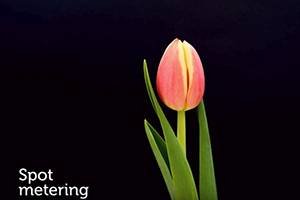
Point to any relatively bright area, for example, the camera will deem this to be the mid-tone which will render this area darker than usual and will typically ‘underexpose’ the rest of the scene. Point at a shadowy area meanwhile and the camera will ‘overexpose’ this area for the same reason.
The actual area used for ‘measurements’ by the camera will typically be shown when ‘spot metering’ is selected so that you can make sure the subject fills this
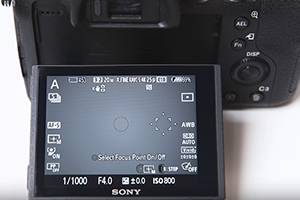
Camera’s Are Not All The Same
One area where cameras spot metering differs, however, is what happens when you use a ‘focusing point’ that isn’t in the ‘centre’ of the array. On some cameras, this area moves, as different focusing points are selected so that you can continue to use ‘spot metering’ when using off-centre focusing points, although many cameras don’t support this and will continue to meter with this ‘centre’ circle whichever focusing point you use. It’s possible that your camera’s manual may indicate which is the case for your model so check this if you’re not sure. As found on Youtube
Conclusion
Like most things in photography, one should try and experiment. With the different metering modes available in today’s modern camera’s, using the different metering modes available to you may well provide you with a much better-exposed photograph. Especially when in difficult lighting situations, your results may be better than you previously thought possible using the standard default metering modes.
While you are here, why not check out the exposure triangle explained tutorial.
- African Wildlife Photography Tips - February 23, 2020
- Low Light Wildlife Photography - November 26, 2019
- Bonamanzi Game Reserve - November 21, 2019

